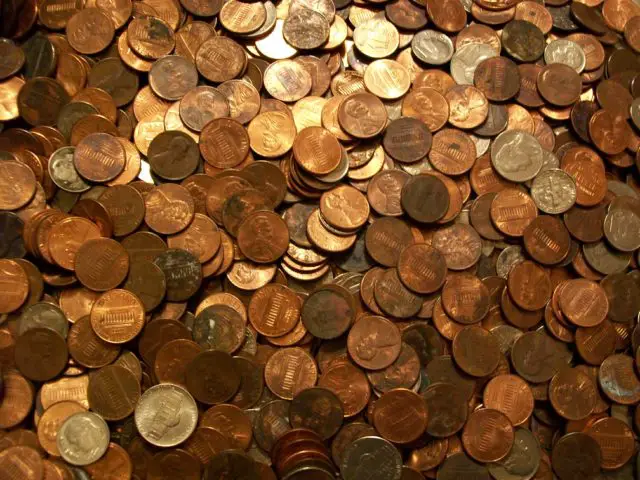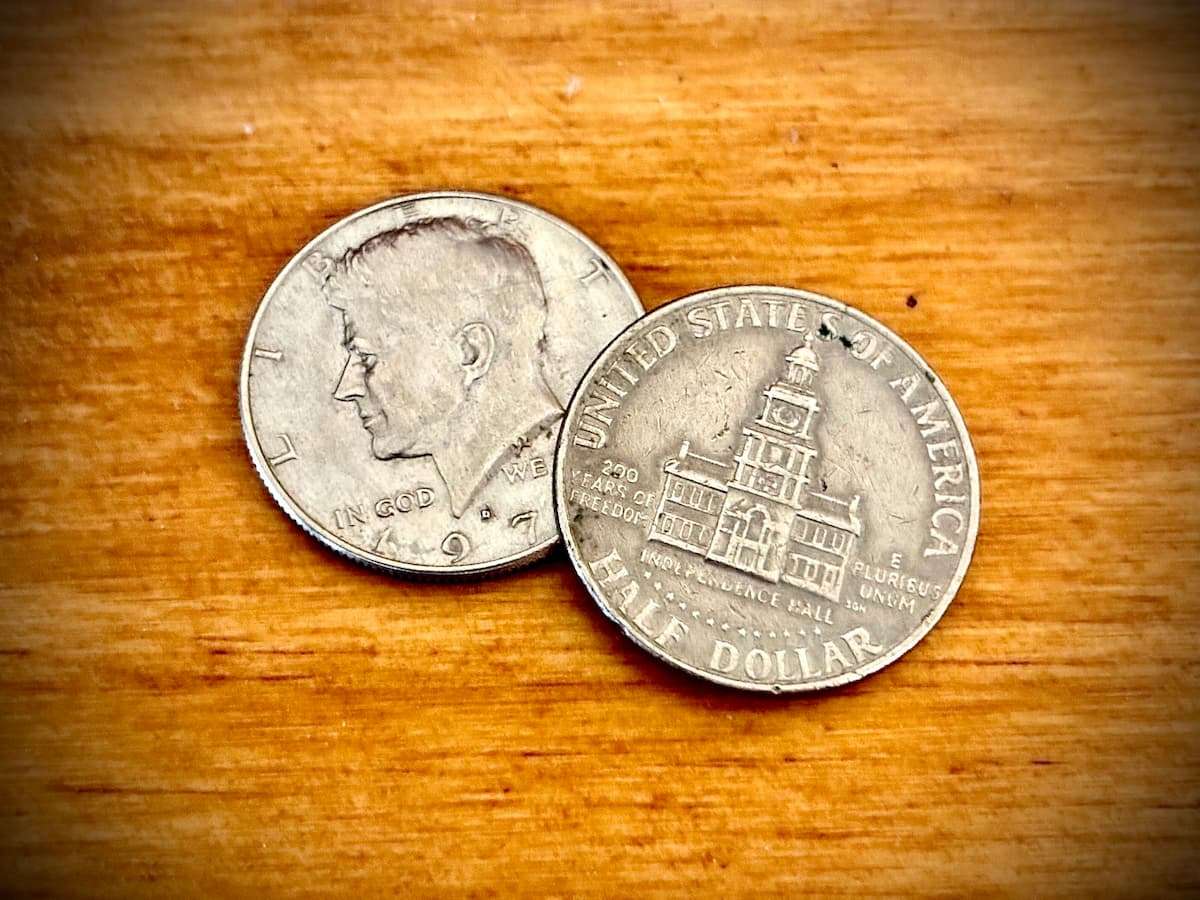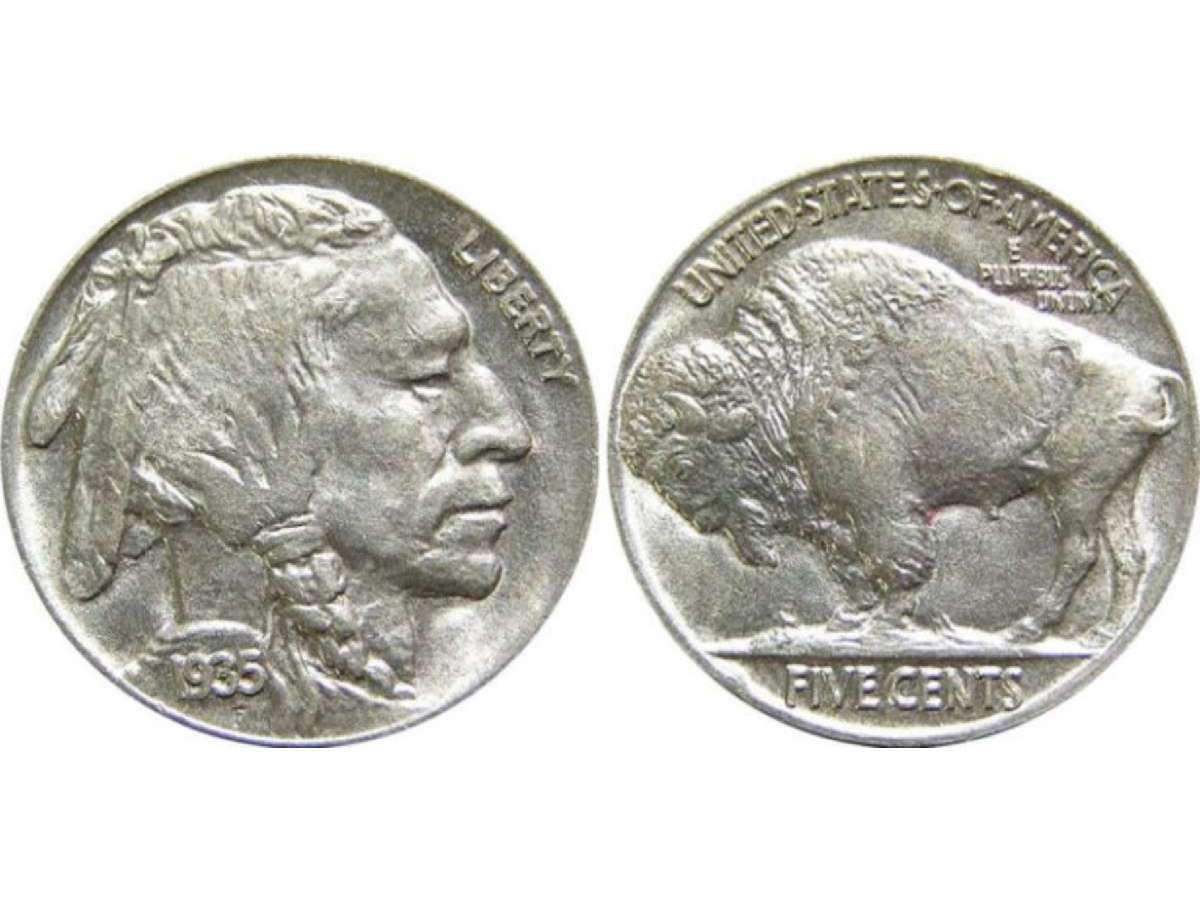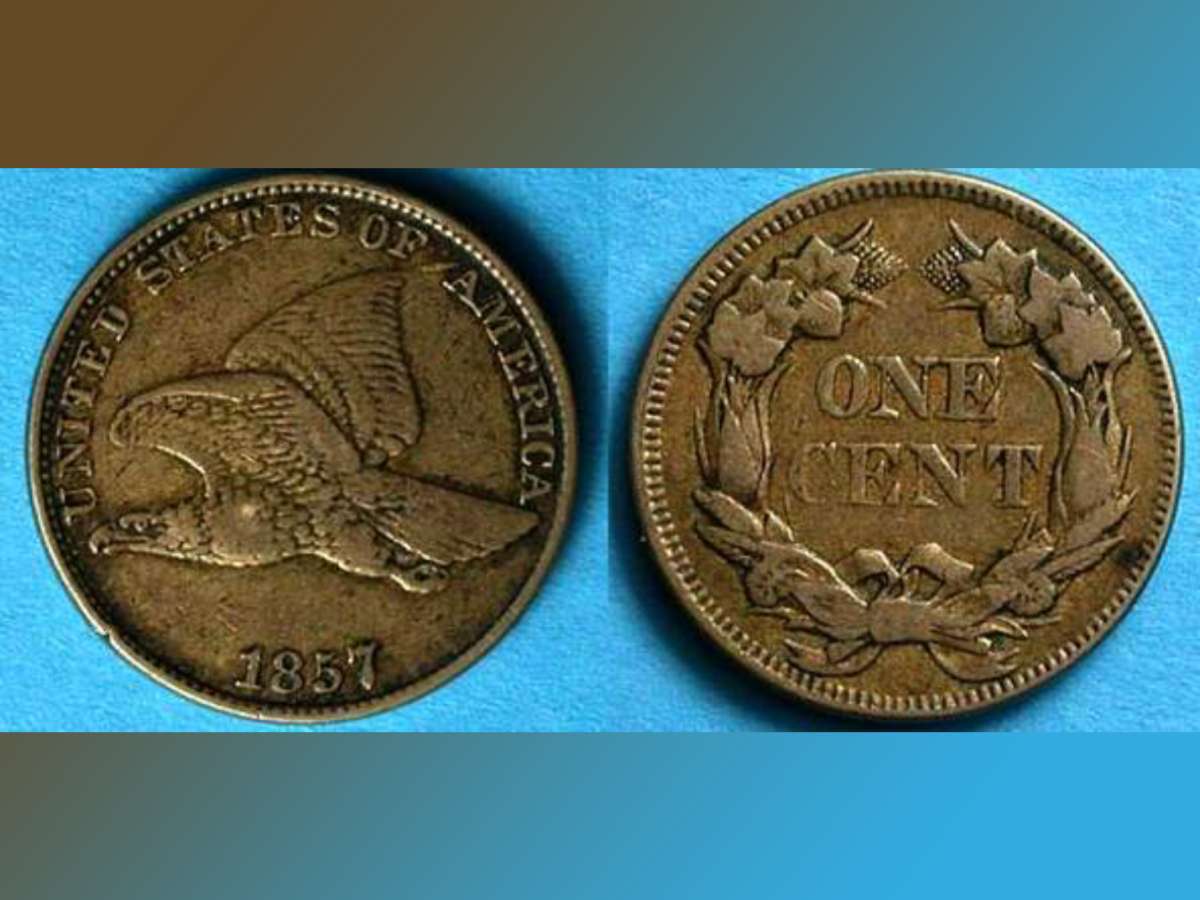 Have you wondered what the lifespan of a coin is?
Have you wondered what the lifespan of a coin is?
When I started collecting coins at the age of 11, that was one of the first things I wondered – how long does a coin last before it is too worn to use?
Not long after I started collecting coins in the early 1990s, my question was answered when I heard about a report that was conducted by the U.S. Government Accountability Office (GAO). This study concerned the average lifespan of coins and, more specifically, how much the United States government would save if our nation replaced the dollar bill with a dollar coin.
The study cited a comparison between the lifespan of dollar coins versus dollar bills:
- The average dollar coin would stay in circulation for 30 years.
- The dollar bill would stay in circulation a mere 18 months.
Ironically, the GAO has been reiterating this same study for about as long as I have been collecting coins, an endeavor of mine that began in the early 1990s.
While the GAO insists our government could save up to 5 billion dollars over the course of 30 years by totally replacing the dollar bill with the longer-living dollar coin, we still have yet to see a successful dollar coin program. Of course, that’s a topic for another blog post!
What A U.S. Coin Sees In A Lifespan
The main lesson I had learned from that GAO study is that coins live long, tough lives.
Imagine what the average coin sees in a typical 30-year coinage lifetime: thousands of transactions, countless drops in vending machines, and being wrapped in paper rolls more times than can be feasibly counted. Some lucky coins even get to take trips to foreign nations, and many of these jet-setting coins end up staying in their destination countries!
Of course, if only the coins in your pocket change could talk, imagine the stories they could tell. Many stories that you’d love to hear… and probably some you’d rather not!
A coin with a lifespan of 30 years will also become pretty well worn. Based on how many transactions it sees (or how many times it is rubbed for good luck!), a coin’s design might not show much more than its most basic features after three decades of changing hands.
What’s important to remember, though, is that the 30-year milestone is only an average.
In fact, I’ve found coins far older than 30 years old in my pocket change and in coin rolls from banks. I wrote a blog post in January 2013 about the coins I found in penny rolls, and some of the one-cent coins I stumbled upon in those paper wrappers were struck in the 1940s and 1950s. Back in the early 1990s, I was occasionally finding in circulation very well-worn Lincoln cents made during the 1910s, 1920s, and 1930s.
So, clearly, a coin can potentially last a good 50 years or longer in circulation.
What Happens To A Coin At The End Of Its Lifespan?
For all coins, the inevitable eventually happens. At one point or another, it will become too worn to use in circulation.
So, what happens to old coins that become too tired to use?
Some wind up going to the great piggy bank in the sky – that is, credit unions and banks return them to the Federal Reserve, where they are destroyed and melted.
However, we coin collectors are actually pretty involved in removing old coins from circulation, too. This has been happening for decades, and will probably never stop. Millions of coin collectors around the country regularly search through their spare change, looking for old Lincoln wheat cents, aging Jefferson nickels, and any silver coins that remain in circulation.
As these older coins are removed from circulation, they are replaced by newer ones. And, over the course of time, the average coin in circulation bears a later and later date. I’ve seen this happen in my time as an avid pocket change checker. When I was a kid, I could easily find coins dated from the 1960s and 1970s. Nowadays, most coins I see are from the 1980s, 1990s, and 2000s.
Someday, probably by the 2030s, the overwhelming majority of coins in pocket change will have a 21st century date on it, as 20th-century coins continue to fall out of use either because they are getting too worn or coin collectors are snagging them from circulation.
Just like my millions of fellow coin collectors, I actively search for older coins in my spare change, leaving behind coins of a more recent vintage for future treasure hunters to find and enjoy.




